
José de la O earned an Industrial Design Bachelor Degree at Iberoamericana University in México City and a Masters Degree on Conceptual Design on Context at Design Academy Eindhoven. After finishing at Design Academy studies, he founded Studio José de la O in the City of Eindhoven in 2010, and relocating to his hometown Mexico City. We shared thoughts and opinions with chelas in our hands in his studio in San Miguel Chapultepec.


Matteo: Hola Jose, que tal?
Jose: Hola Matteo!
M:How did your study at Eindhoven Academy influence your work? I would suggest that you are a Mexican designer with a Dutch approach? Would you agree?
J: What is the Dutch approach exactly? hehe. My learning process is to constantly unlearn something in order to learn something new. I had to unlearn a lot of things from my bachelors when I started working in a Design Studio. Then I had to unlearn bunch of stuff from there when I studied at Design Academy...and then I had to unlearn a bunch of stuff when I moved back to Mexico. One of the things that I definitely learned in the Netherlands was to take the concept very seriously and the love for research. When I see my pre-Design Academy work, I see pretty shitty obvious things, with potential nevertheless, but still shitty. I guess that happens a lot with older designers like myself when they see their early stuff. I don’t know if I still have a Dutch approach. Maybe there is a bit of dutch attitude in my work, but that’s not for me to say. Maybe that will be the next thing I will unlearn. Who knows!
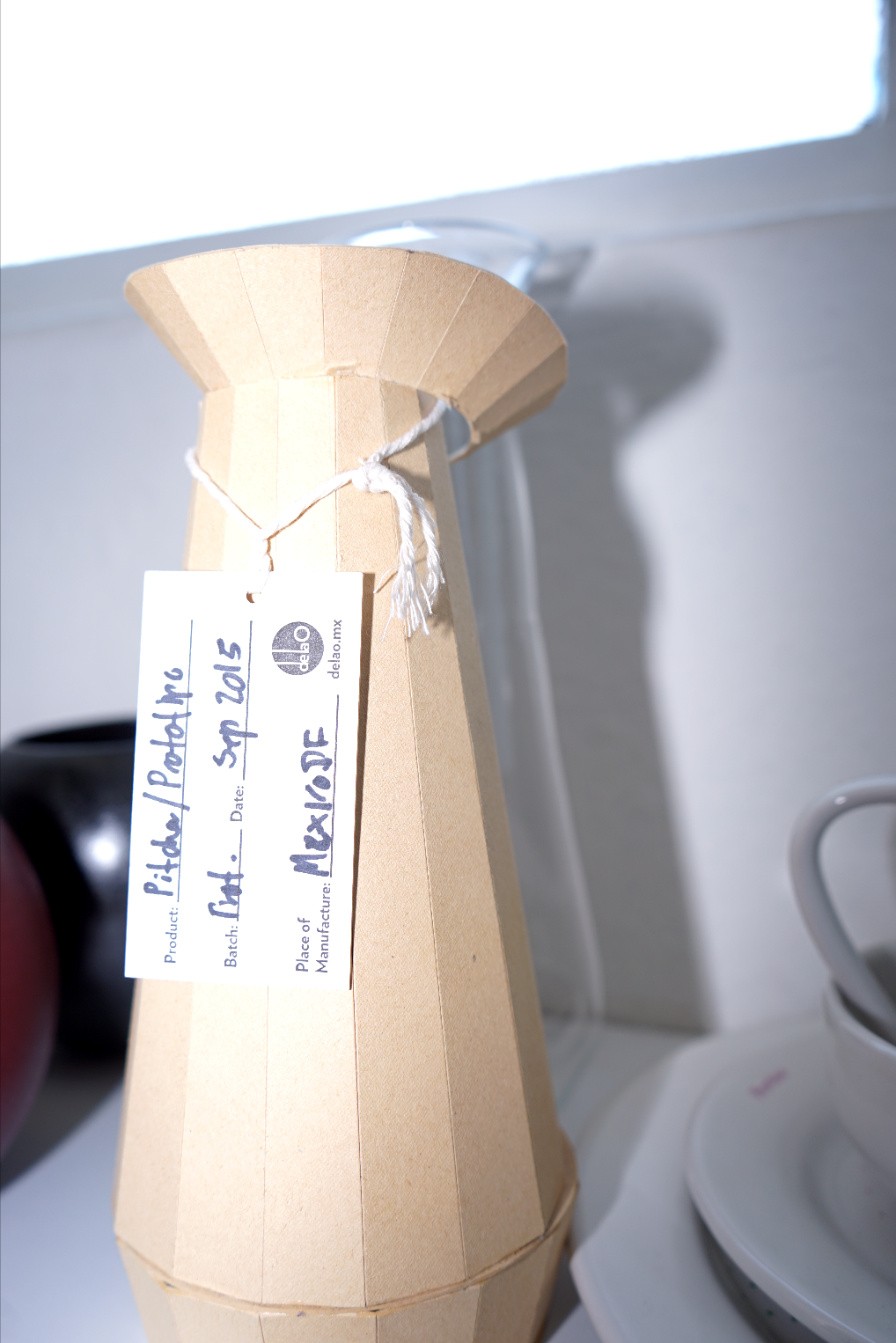
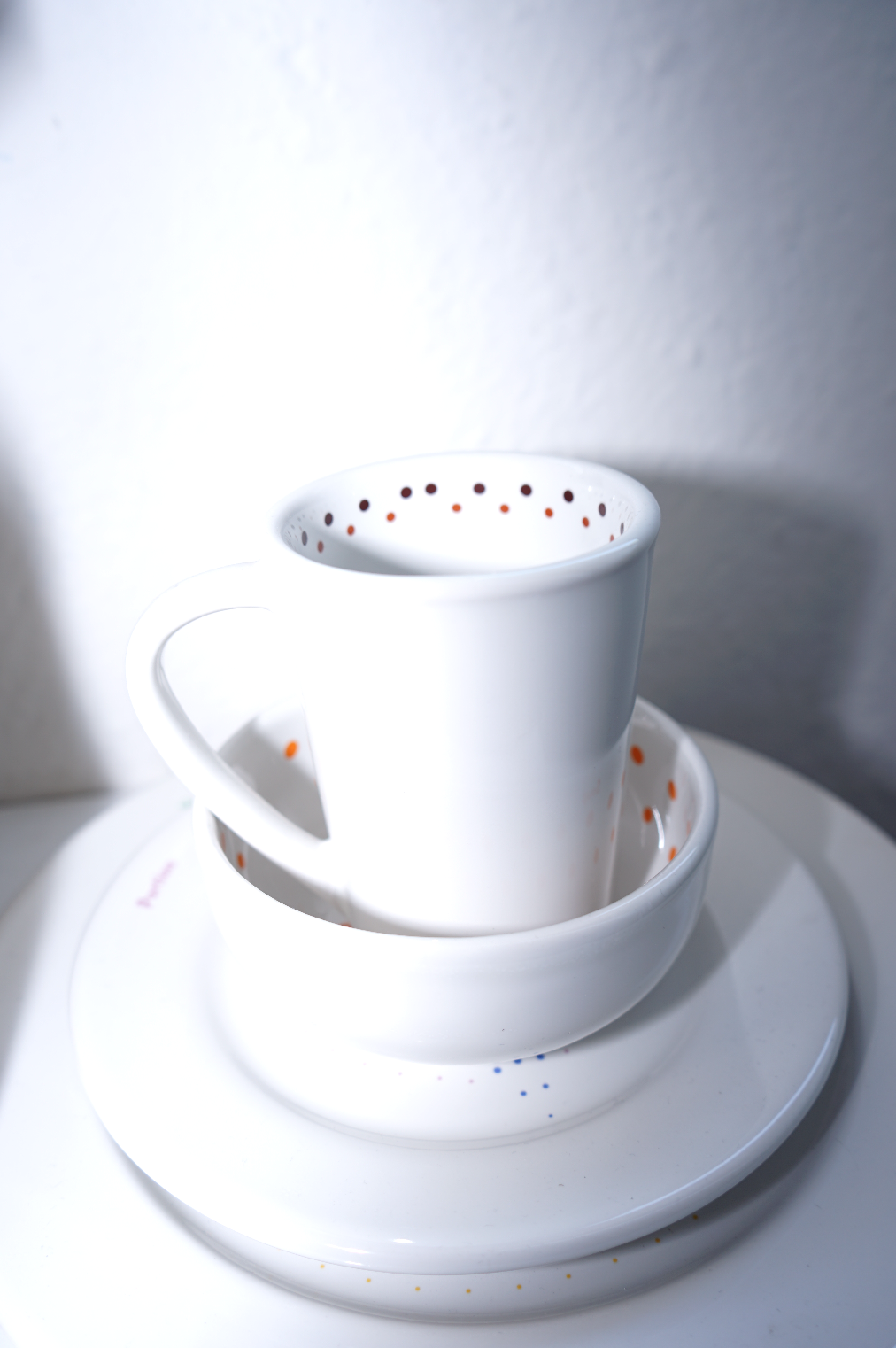

M: I found Mexican design a bit confused, like it almost has an identity crisis, how can this be possible if the culture is really strong, and the history of Mexico is one of the oldest on the planet?
J: I wouldn’t say that “Mexican" culture is one of the oldest on the planet. There were Olmecs and Toltecs in what is now the Mexican territory, but that doesn’t mean that contemporary Mexicans are being influenced by those cultures directly. We are influenced by the idea of them, the same way you are influenced by a piece of artwork that a previous tenant left in your apartment, that you idealize because it’s a pretty cool piece of art, but you are not sure what it means, so you create an idea around it. In the end, we are living in a constant identity crisis since we started calling ourselves Mexicans and that shows not only in design, but also in other cultural manifestations like music, literature and art (even in soccer!). And that constant search for meaning is in part what makes the Mexican culture so strong. Strong as brute force, that gets out of control and can be destructive.



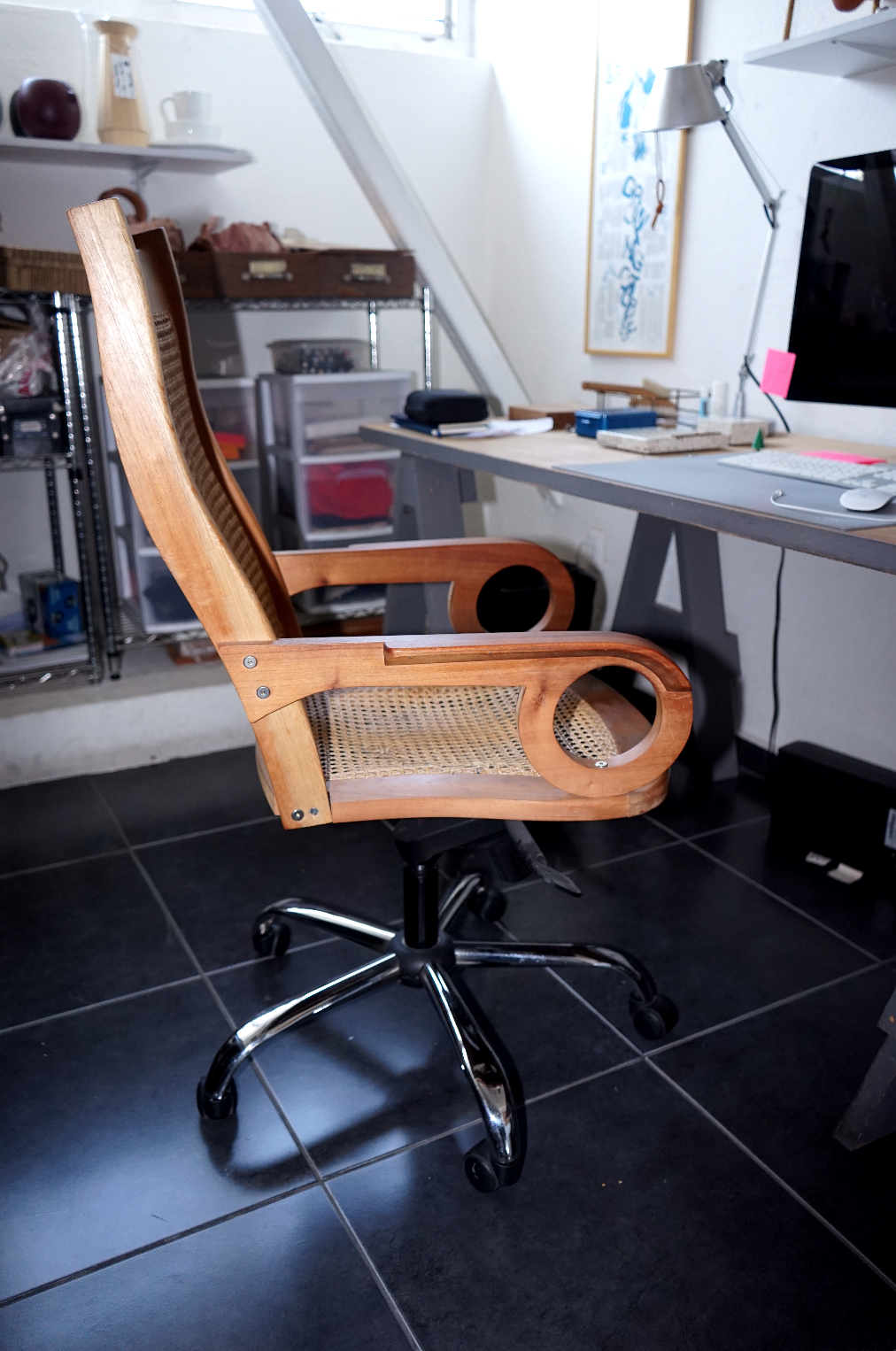
M: One of your first projects that interested me was "the chair that rocks", where you combined contemporary design with local craft in Tlacopaltan in the south of Mexico. Do you think that this formula was successful in rescuing the traditional local craft?
“A traditional craft becomes extinct because it’s no longer relevant for the society that consumes it..“
J: Maybe it’s a good starting point, but it’s definitely not an antidote. There has been some successful cases where designers use endangered craft as a way to produce contemporary design (especially in Japan or Europe). But there has been a lot of failures as well. And that is because design is not the lonely factor. A traditional craft becomes extinct because it’s no longer relevant for the society that consumes it and there are better, cheaper substitutes. I like the romantic idea of crafting a couple of pieces of furniture in an idyllic tropical town, but when you want to grow that scheme as a business, then you realize that most of the challenges are related to infrastructure, sociocultural or economic factors, that Design cannot solve by itself. After my experience with The Chair that Rocks, I learned that it’s important to understand what the limitations are, how much (or little?) you can grow with that project and most importantly, not all the traditional crafts want to be “rescued”.
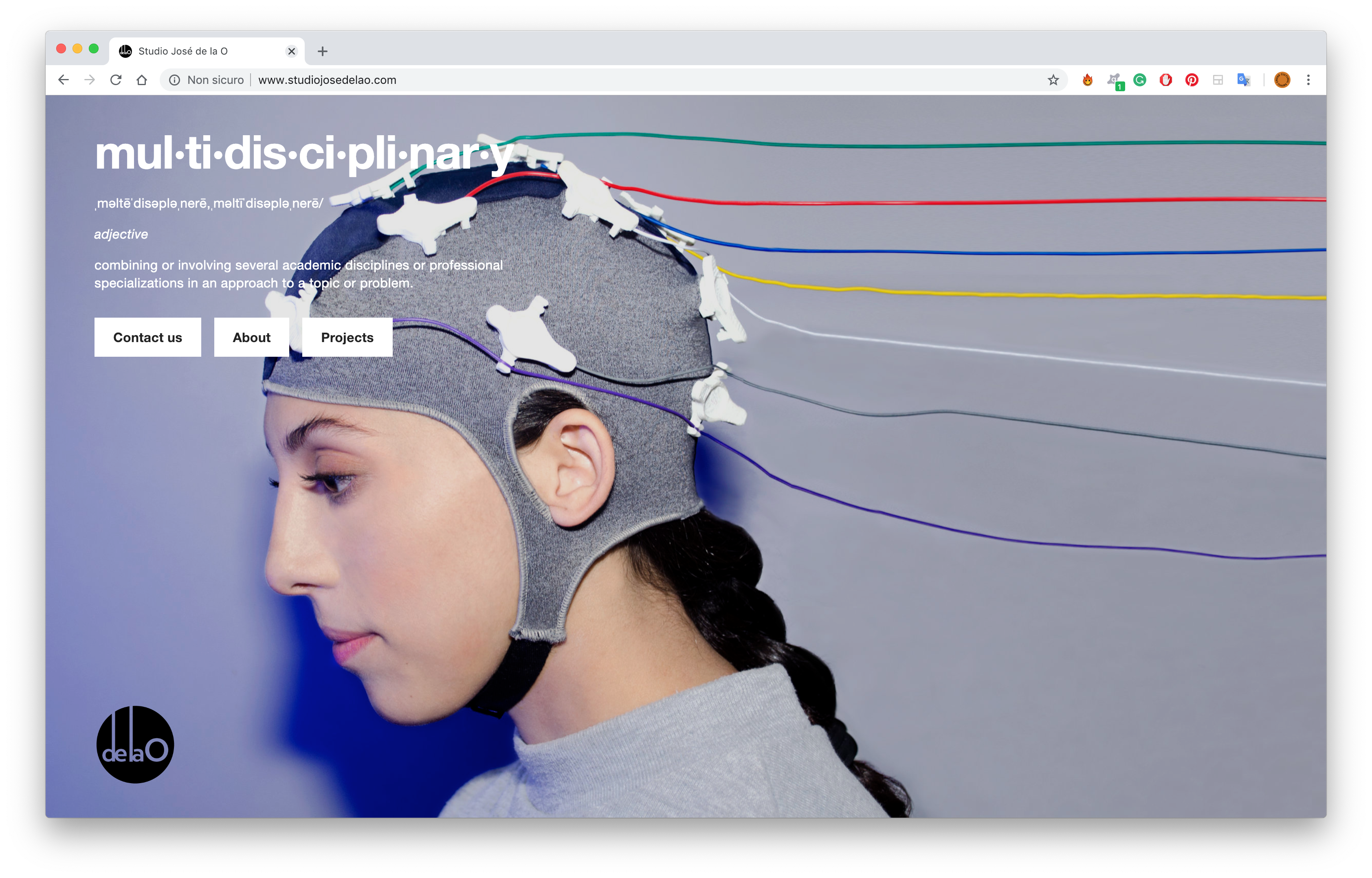
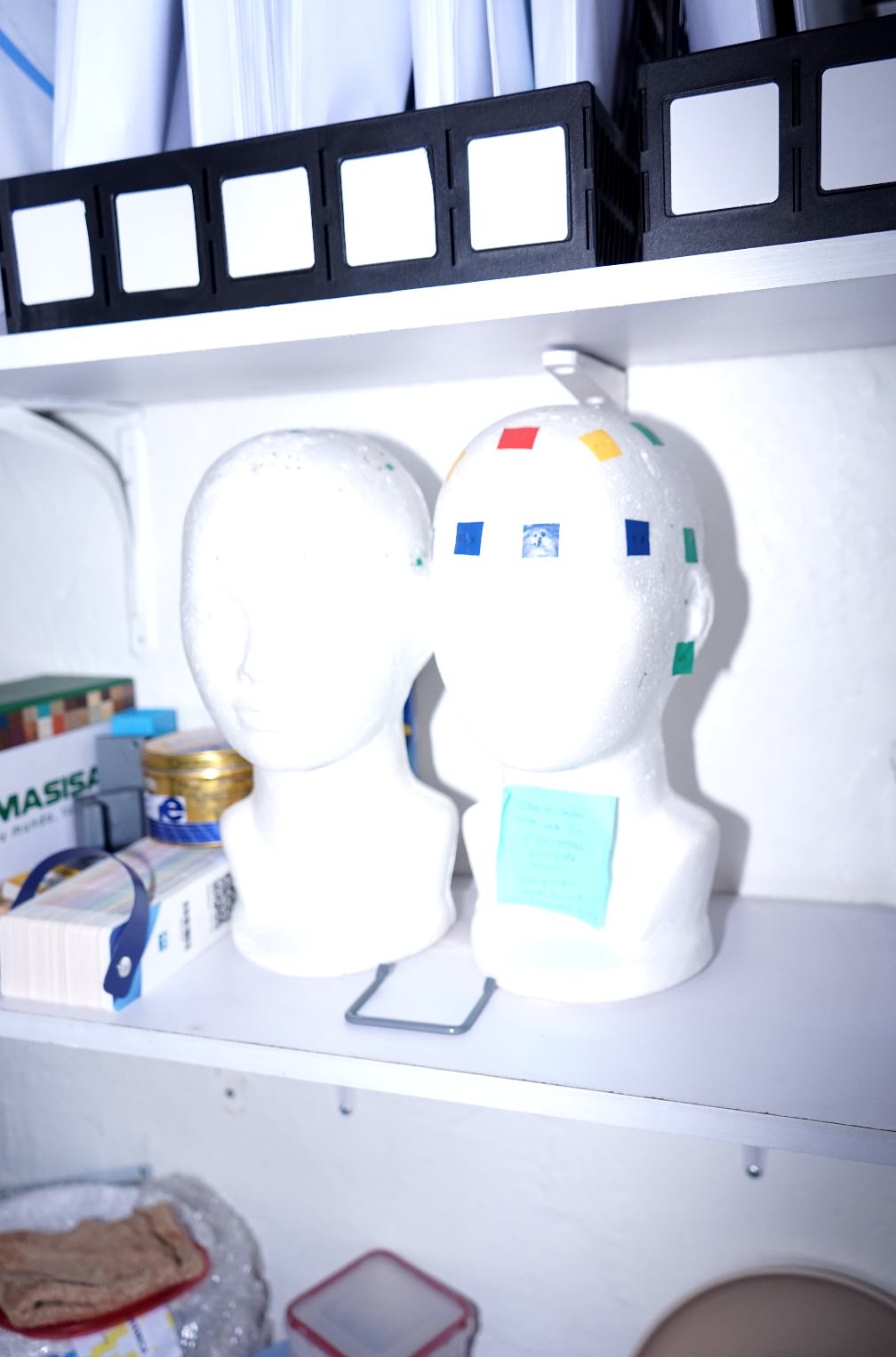
M: What does the Mexican designer need to place himself on an international panorama?
J: Pay Dezeen to publish your work? Haha I don’t know. I don’t know if I’m recognized internationally. My stuff has been on a couple of blogs and stuff, especially because my website is in English. Maybe the best way is to travel, make friends and Design chairs with the.
“Maybe the best way is to travel, make friends and..”
M: I personally like your approach to design through research and investigation. You recently started working as a teacher at the Monterrey Institute of Technology TEC, do you think that your students will adopt this process? or is this something that comes from the Eindhoven Academy?
J: They better! If not I’ll fail them. Joking aside, the great thing about working at Tec is that they are shifting from a traditional, extremely rigid educational model, into an open, challenge-based model, that is PERFECT for training designers. Designers must feel comfortable with uncertainty and this new educational model will teach them that. Today my students are focused only on having good grades. How boring! I want to teach them to love to create, to do amazing things, that’s what is important. My experience at DAE made it way too uncertain, so it was not for everybody. Definitely not for me. I’m glad I survived.


M: In which of the 8 countries of CCC would you travel and why?
J: Japan for sure. I want to find reasons for myself to go back. Also Brasil. And China.